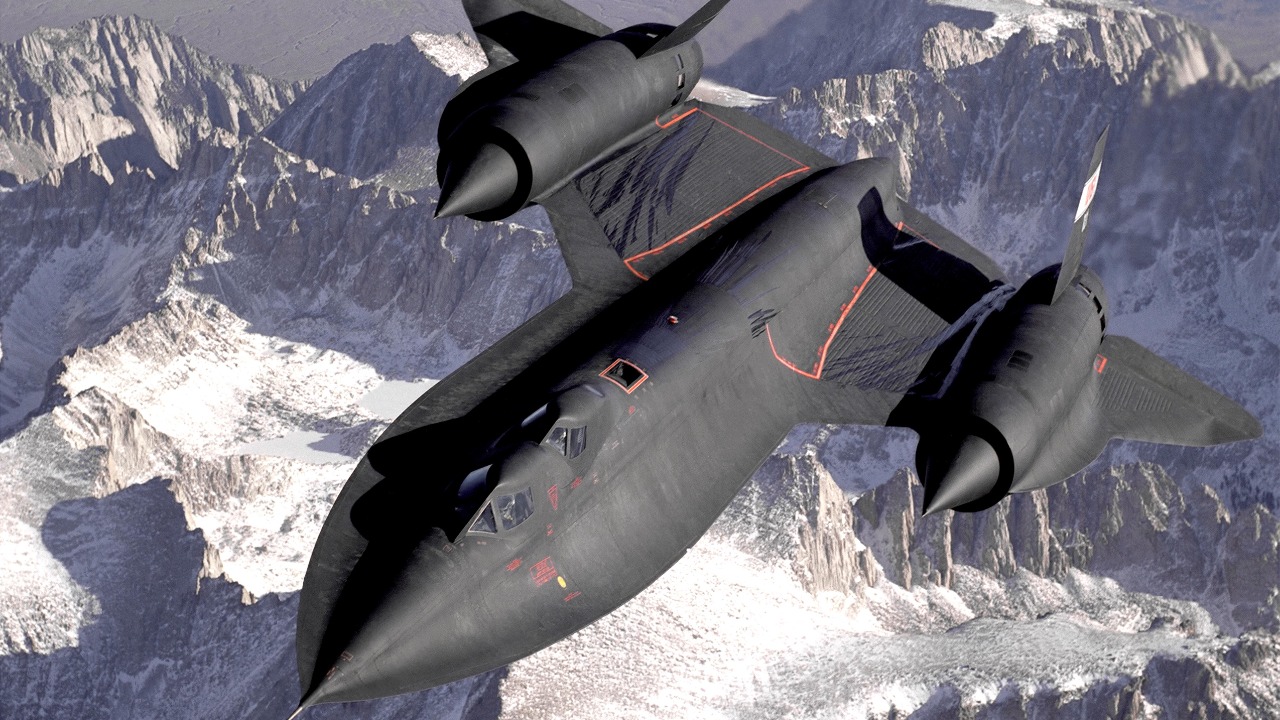
The Lockheed-built SR-71 Blackbird, the fastest plane in history, was designed to replace the U-2 spy plane. This revolutionary aircraft pushed the boundaries of aviation, achieving sustained speeds of Mach 3 that resulted in severe engine failures. The SR-71’s predecessor relied on cesium-laced fuel to generate “plasma stealth” effects. However, the Blackbird’s extreme performance necessitated a different approach to fuel, one that could handle the intense heat and combustion stresses. Today, the SR-71’s innovations remain a benchmark in aviation, even as the aircraft itself is consigned to a museum, and modern stealth fighters like the F-47 emerge under political spotlights.
The Origins of the SR-71: Replacing the U-2
Lockheed was tasked with creating the SR-71 Blackbird to replace the U-2 reconnaissance aircraft. The shift from subsonic to supersonic capabilities was a significant leap in aviation technology. The U-2 had served its purpose, but it was no longer able to fulfill high-altitude, high-speed missions safely. The Air Force needed a reconnaissance platform that was virtually untouchable, and the SR-71 was the answer to this strategic requirement. The engineering challenges posed by this need were considered “impossible” at the time, but Lockheed rose to the occasion, creating an aircraft that would make history.
Predecessor Innovations: Lessons from Cesium-Laced Fuel
The SR-71’s predecessor used cesium-laced fuel to create “plasma stealth” effects. This innovative approach involved generating ionized exhaust that absorbed radar waves, effectively making the aircraft invisible to radar detection. While this experimental fuel approach addressed stealth needs, it also highlighted the limitations of standard fuels when it came to extreme speeds. The Air Force recognized the need for a more reliable, purpose-built fuel for the SR-71’s sustained operations.
Engine Demands at Mach 3: The Core Challenge
The SR-71 Blackbird earned its place in history as the fastest plane, routinely reaching operational speeds of Mach 3. These flights subjected the aircraft’s engines to intense thermal and pressure stresses. Standard fuels were not up to the task, often leading to engine failures. The Air Force understood that to enable reliable ignition and combustion under such extreme conditions, a new approach to fuel was necessary.
Overcoming Engine Failures: Fuel’s Critical Role
One of the greatest challenges faced by the SR-71 Blackbird was frequent engine failures at Mach 3. These failures were largely due to fuel instability and inadequate heat resistance. High-speed tests revealed this persistent issue, necessitating a custom fuel formulation to prevent shutdowns and ensure mission success. The engineering trade-offs involved balancing volatility for quick starts with stability for prolonged supersonic flight.
Legacy and Modern Relevance: From Blackbird to F-47
Today, the SR-71 Blackbird, once the pinnacle of speed and reconnaissance, is consigned to a museum. However, its legacy lives on in the lessons it taught us about high-performance aviation. Modern stealth developments, like the F-47 fighter jet, build on these lessons. The Air Force’s pursuit of a purpose-built fuel for the Blackbird has influenced subsequent aircraft designs, prioritizing endurance at extreme velocities. As we continue to push the boundaries of aviation, the SR-71’s contributions remain a crucial part of our journey.
More from MorningOverview